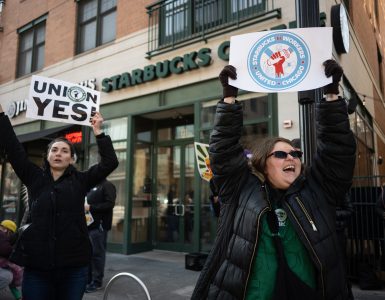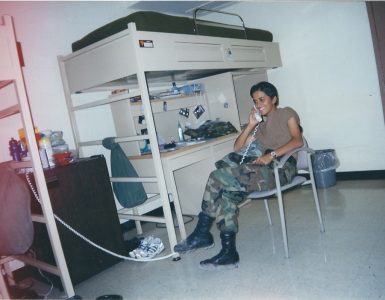By Zoe Nellum
Over the past four years, I’ve had the honor of seeing a movement of restorative justice take place around and beyond my home in the Austin community. From blogging to broadcast media to project design, I’ve gained insight into what makes a community operative and special to its surroundings. If I had not taken a hiatus from my undecided major in college when I was nineteen I would have missed out on so much growth and connection.
If asked to reflect on one of the most significant experiences over the pandemic I could name you a few; I dropped out of college, my mom birthed twin girls, we sold our house to move back with my grandparents, and I co-created a podcast for a year. There are endless convoluted emotions and thoughts I could share that are better suited for a therapist than an audience, but I can at least speak on the latter experience.
Austin Has the Mic podcast was one of my most unique creative endeavors of my 20s so far. With the utilization of Westside Health Authority’s recording studio, our small team birthed an unpolished media crew that had a phenomenal performance in such a short time. We created a season of 24 episodes along with event-based interviews, documentaries, and social media content from March to August. I’m always so impressed with how skilled and capable my teammates were, and they definitely saw me through our toughest days. While I did form a unique, eye-opening bond with my team there’s a different lesson I learned from our last few weeks of work.
The word of AHTM’s creative deeds had caught on in early summer, and we were getting more frequent requests to document local events. We’d look over emails or get an update from our group manager when we would start a new project. Slowly, this concept and visual of “restorative justice” became just as frequent as our workload. The original concept began
forming in the 60s, but I hadn’t come across any piece of literature or conversation in my life until then. Once it appeared though, it was clear I could not ignore its presence; the corrupted system of law & punishment that needed immense revision was being offered a new definition of justice, and I had to witness its roots grow from the ground up.
My memory has been a haptic blur since the world flipped its head in 2020, so the faces and words all come back a little fuzzy. But I remember the feeling. I remember being afraid that the smoky scent of the firepit would stick to my locs and clothes as it billowed in my direction. The summer transitions into its last phase over the northern hemisphere when you shouldn’t come outside until the sun gets tired and hazy; unless you welcome the sensation of breathing in a city-sized sauna. The backyard we visited was not far from where I lived. It was maybe three miles or so from where my grandfather dropped me off. I immediately tried to find anchoring with someone that I recognized, and one of the other podcast hosts, TB, had arrived before me. We chatted about having no clue of what was going on or what to expect, the shots we need to get, and how long we’ll stay.
I remember distancing myself frantically from a bumble bee hovering too close to my legs. The owner of the house welcomed us warmly and asked for our assistance to set up. I let TB do the heavy lifting of the swing bench, as I knew my arms would be more of a hindrance than a help. Soon more people start to arrive along with our final host, Tamia. As we settle in the open backyard towards the fire pit my mind spins excitedly at this novel feeling.
I’m the kind of daydreamer that wishes electronics would deteriorate before our eyes at supernatural speed and force us to hear the wind again and taste the nectar of boredom when we can’t see past the horizon of the lake, and drive us mad with a wondering question: “what’s out there?”
On this day, for a little while, that erratic daydream was being lived in through my eyes. This was my first time coming across a peace circle and this revolutionary concept of restorative justice; to take a lead in our collective concerns with human emotion and heart in cooperation with the disorienting, stifling, stunted systems of law. We may need support and aid to secure the stability of the conditioned needs, like our shelter and safety- but we so harshly neglect the bare, unconditioned needs of our existence. Who are we without money? Who are we without a come-up to success?
Who are we without screens? Who are we without expectations? I looked at the faces gathered in this lumpy, amorphous circle of chairs and saw someone familiar in almost all of them whether I knew them or not. I saw in them some cousins, some of my mother’s gossiping friends, and some strangers from my impressionist-colored childhood. The person who facilitates the conversation is called a circlekeeper. They simply have the responsibility to lay down the guide of respect and create the flow of conversation.
Our circle keeper this day was a most interesting man named Faheem who was working with the Taproots, the organization hosting this peace circle. He instantly reminded me of my uncle, with a moon-like face and dark-framed glasses that created a pleasant sense of ease. He explained how a circle brings people to one place to lay down their burdens, celebrate their victories, and discuss everything under the sun.
In the middle, there was a bright pink rug with yellow tassels. The members of Taproots had shared precious items from the home to use as talking pieces. We could pick up an item and when we held it our voice was the only one speaking.
If something else caught our eye, like a shimmering glass-globe of a rose, we could trade that item on the rug. I was intrigued by this connective energy that put our minds in a sentimental setting, to open us up to the warmth and hurt that was safe to share on this rug.
We talked something of respect, togetherness, values, struggles- transformation. Everything that people keep quiet in their hearts at night shone in the summer’s sun on a blanket of trinkets and stories. It amazes me how much memory and value is stored in a wooden carving or pink boxing gloves, or a child’s first toy. The circle held these items and flashes of their own memories seeped in from our hands as we passed it around. They breathed a little lighter, smiled a little more after we closed out, and said our farewells.
Because, at our core, we humans of this time are about stories. All I want to do is write stories. Make visual poetry, create songs that take me back to a time I didn’t see yet survived a bloodline just to be remembered.
People want change.
I can see the somberness of their faces now, and whatever grief and anguish life puts them through lives there in the wrinkles below their eyes. It’s happening, like little bursts of fireworks in the distance you can faintly hear from a bedroom window.
The good thing is, it happened again. There were a few more times that our team participated in these peace circles. I remember the evening closing in on us quickly as we arrived at BUILD’s entrance. There was a warm, sunshiny haze that came from the lightbulbs in the hallway that embraced the vaguely familiar faces of the residents who came. I imagine now that if I were to look at the building from afar across the street, it would look like sunshine dancing around our smiling faces and soul-seeking eyes. After we filled in the big circle of seats in the community room there was a time pause. I first noticed that the elders outnumbered the young. My reasoning was that with all those years of making mistakes, reflecting, then repeating the cycle,
you realize more comes from listening to others than your own buzzing mind alone. No one’s mind buzzes more than a young soul who feels they have something to prove to everyone, so I wish they’d come and see the inner quiet that happens when there’s a room of people all looking to heal from listening.
That’s what the circle keeper, Alden Bell, had told our group was one of the most essential things to take away from any exchange in life- you must listen intently, sometimes with no intention to respond. Just listen.
At that time, it was my desired focus to learn how to be seen everywhere by everyone wordlessly. It was an empowering image to feel the energy of a place surge or quell due to a singular presence. How great would it be if I could live up to this approachable yet untouchable vision of my most capable self?
To accomplish such a feat I was certain I’d have to talk about a life’s worth of time to prove it could happen. I’d have to keep track of my 20 years of accomplishments and jot down lists of moments where I felt like someone’s personal savior so others would believe in me, too. In a circle of this size surely this was the time to impress these strangers and get their approval.
But just listen to that. After I impress these strangers if I could qualify such a thing, what happens next? Would I better understand my role in life, or will a magical opportunity to change my entire community appear overnight?
That’s what philosophy, politics, science, religion, and art have done for centuries. It’s not the singular person that makes the change. Change is guided by the community. A community works in tandem with its central values that come from the actions and interests of the people. The people must listen to each other to know what they want. I’m still on that journey to stop my buzzing mind and think more about the sunshine people put in the room or on that blanket of trinkets.
One thing I’m sure of is that this root is going to sprout into the most epic, life-affirming evidence that this movement is changing lives as the people change with it.
In honor of Austin Has the Mic, BUILD, Taproot, 2021, and all Austin community members that are opening my aspiring heart to change.






